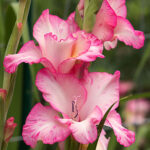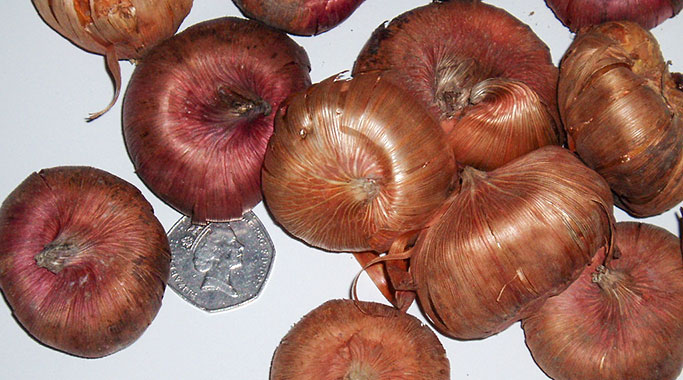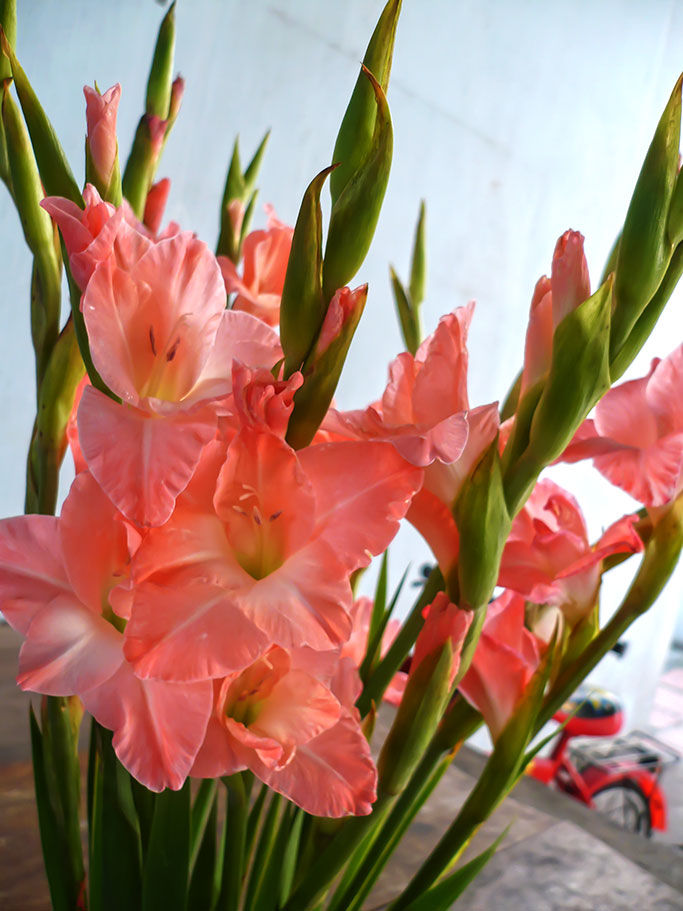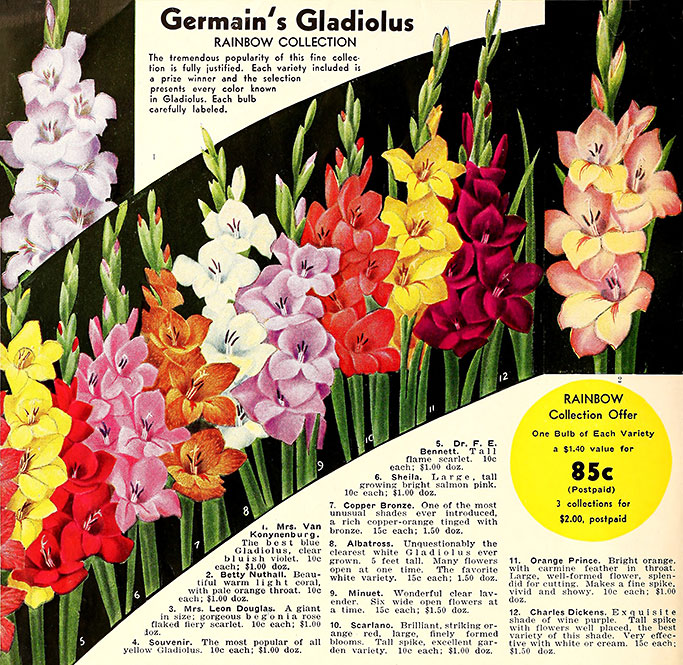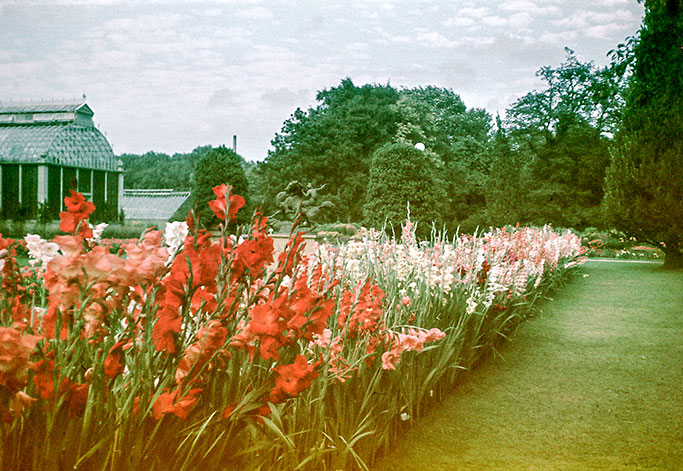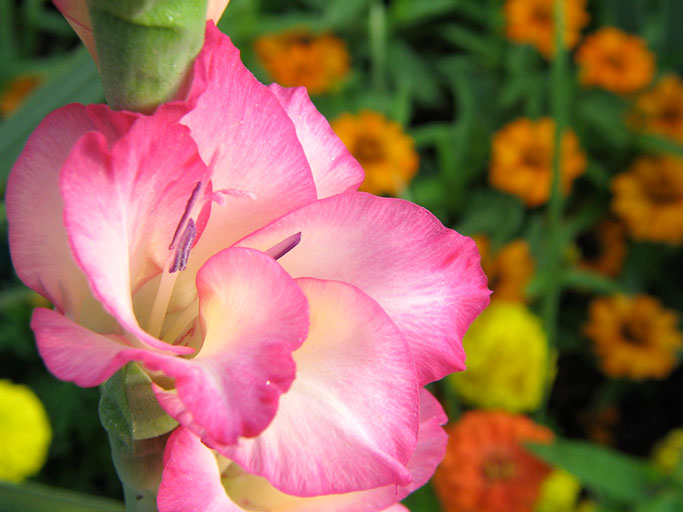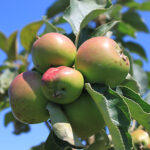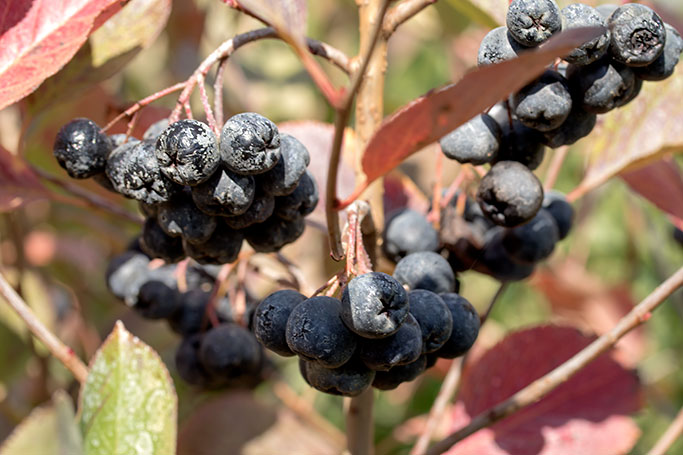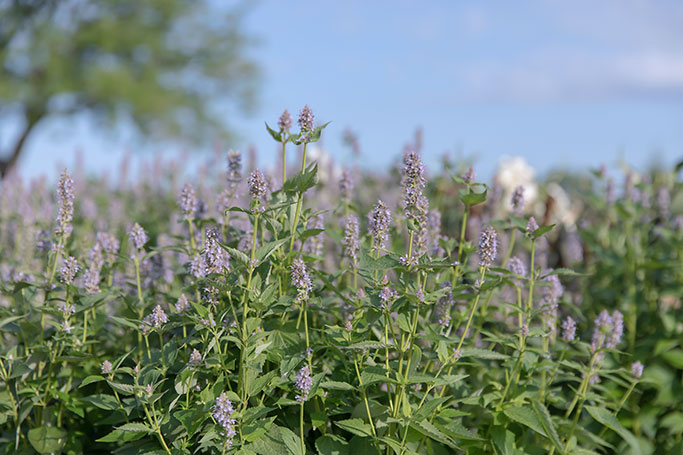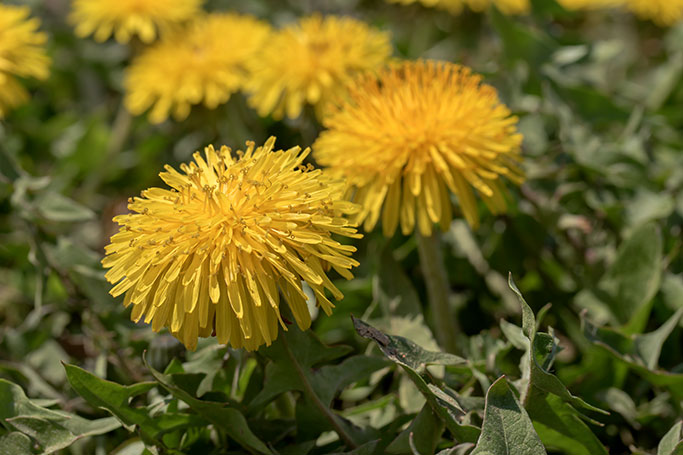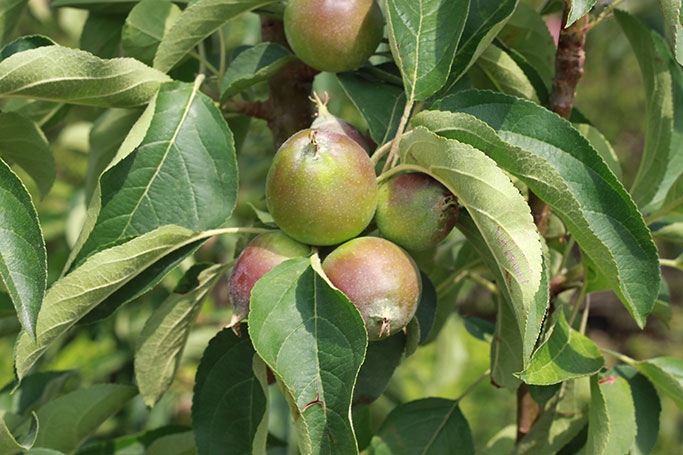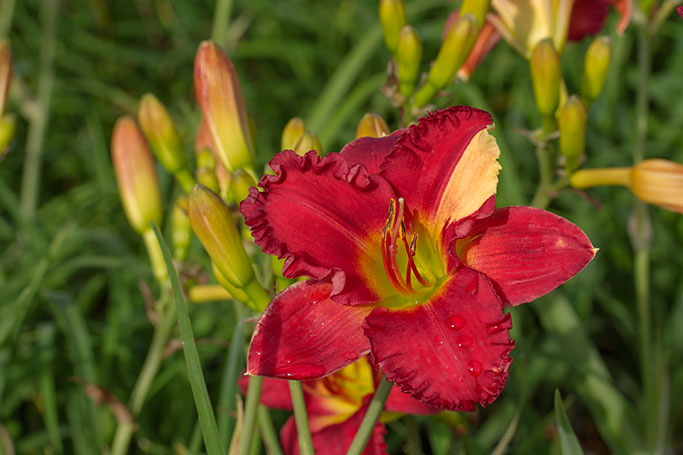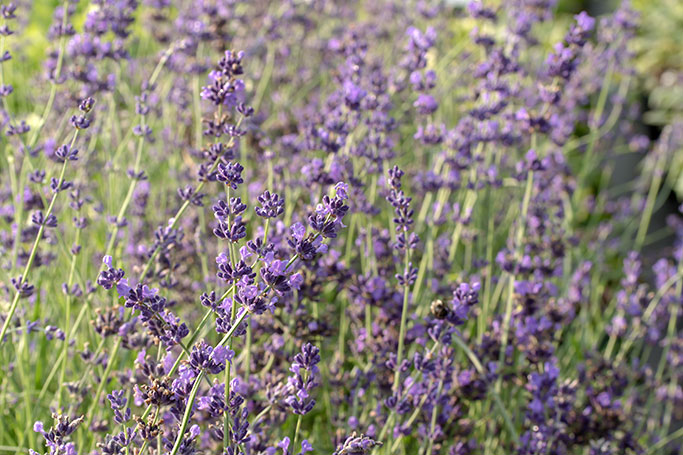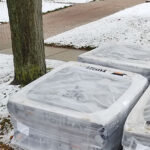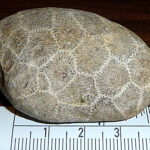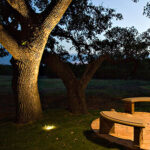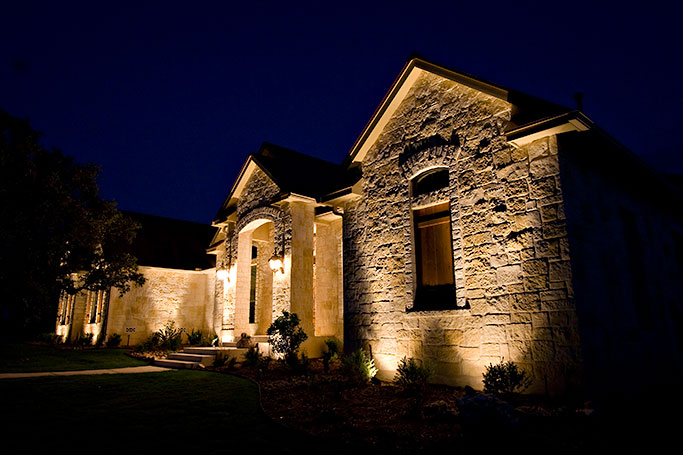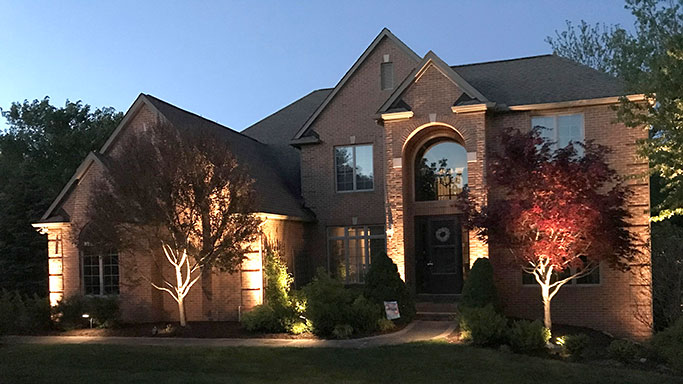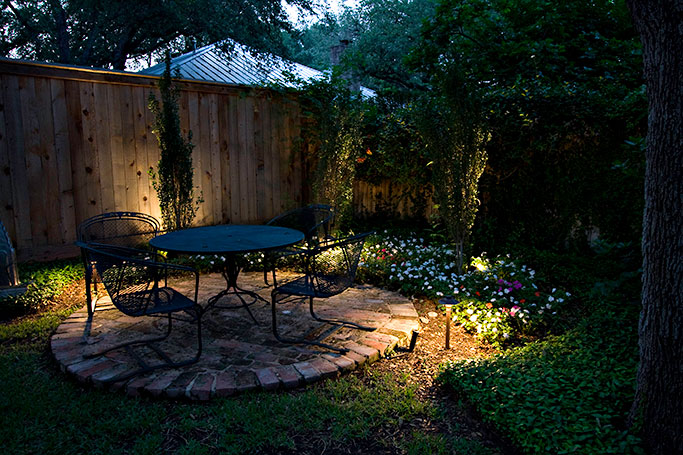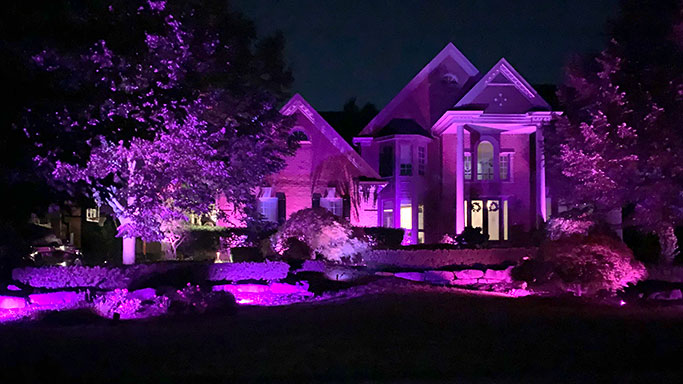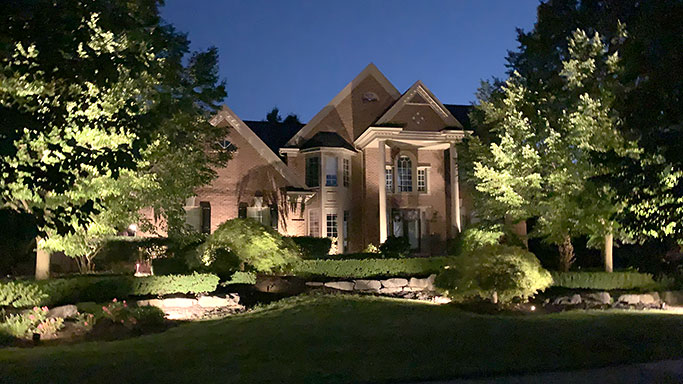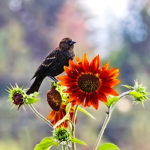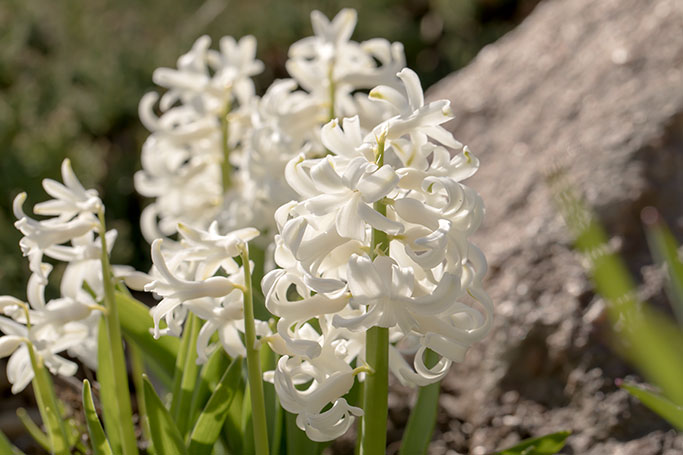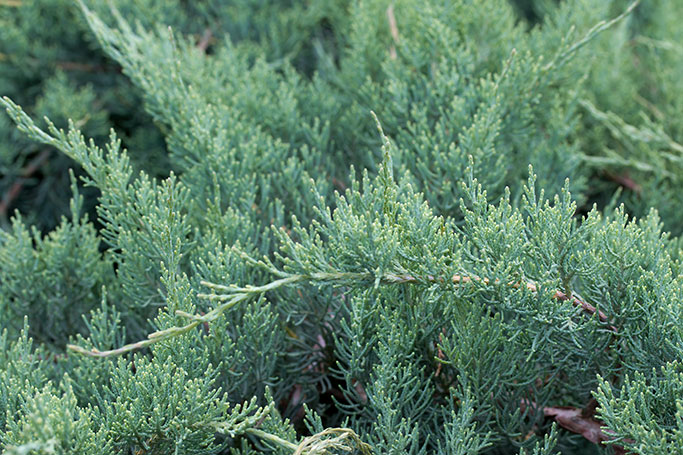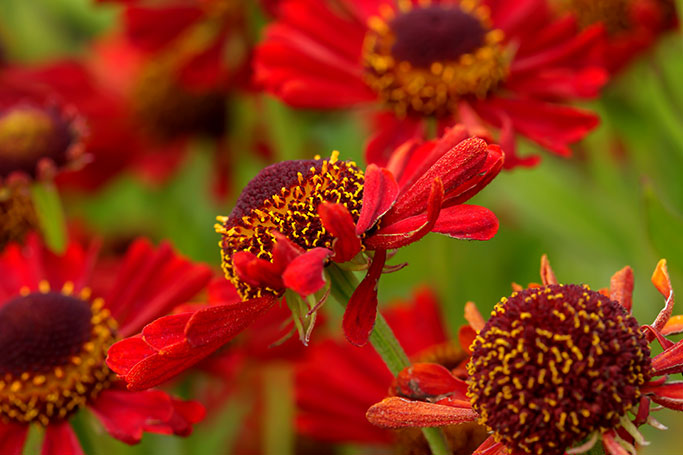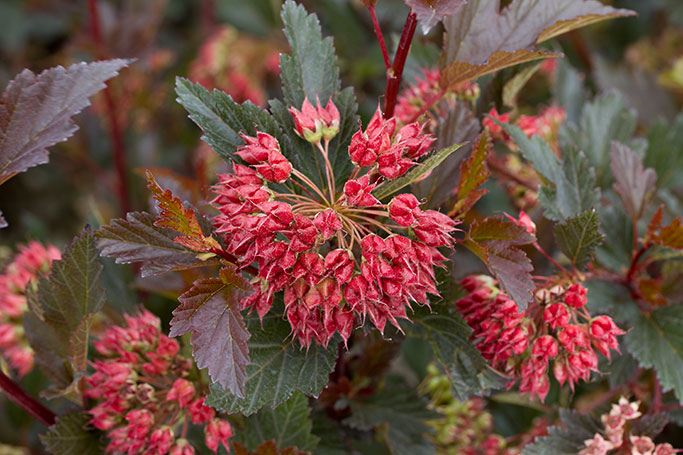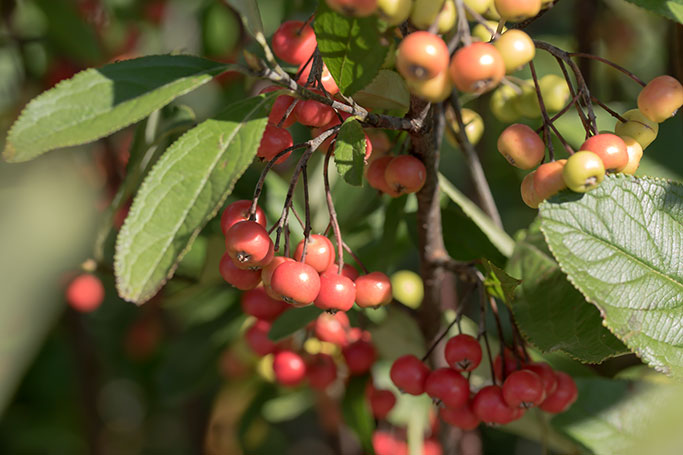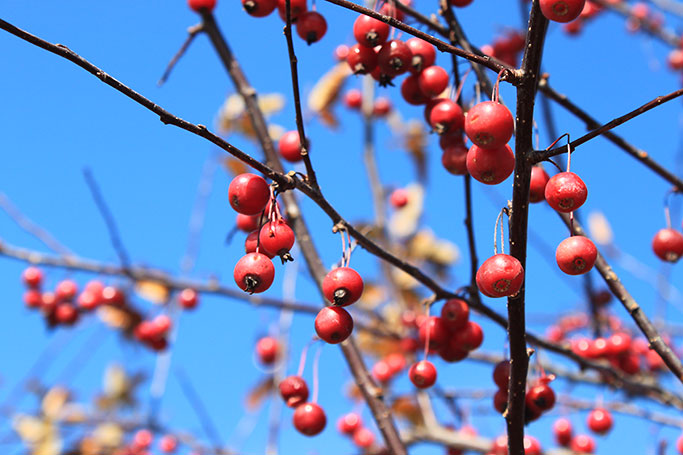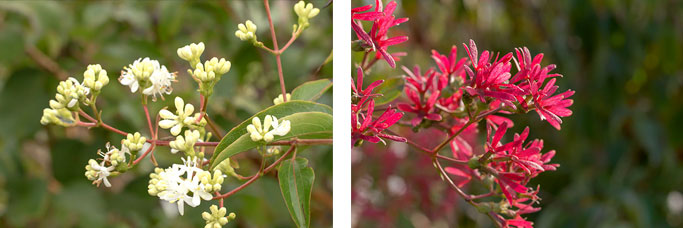Christensen’s has been around in one form or another for over 90 years. Focusing on the green industry, we’ve been growers, retailers, and now a complete wholesale landscape supplier. Last year you probably noticed our Plant Center was remodeled, this year is the Hardscape Center’s turn! The hardscape yard was added 11 years ago and is an ever-growing part of our company. During the off-season, we considered our floorplan, moved things around, and brought in some new displays. If you haven’t visited us yet, an entirely new layout will greet you as you walk in the door.
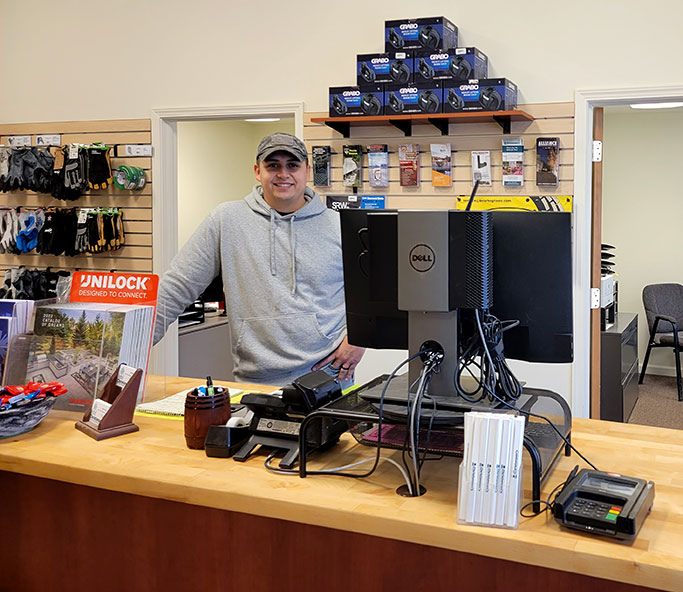
It drives me nuts when the grocery store rearranges, and I can’t find the things I need when shopping. However, we spent a lot of time deciding on the intuitive placement of products to help you shop as conveniently as possible. We feel that the new open layout flows naturally and will make your experience in our store more pleasant and efficient.
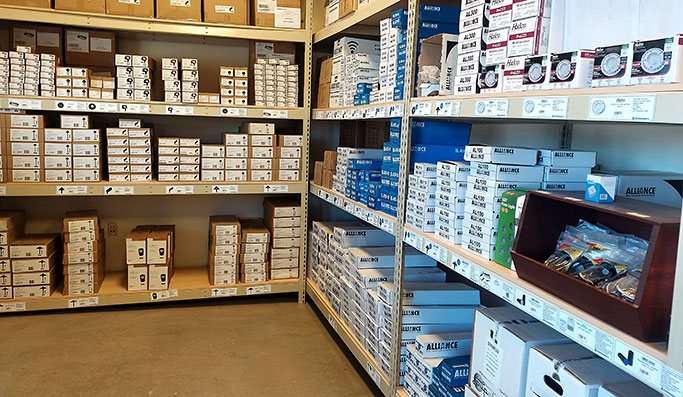
Our new lighting section includes counter space for fixture demo and a large area for putting together your order.
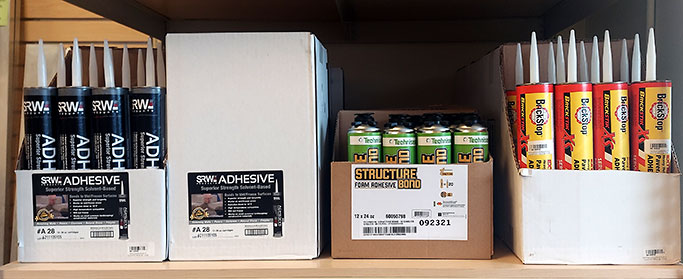
With the addition of BrickStik Polyurethane Adhesive, we have your vertically stacked endeavors covered. Joining SRW Solvent-Based Adhesive, SRW Rapid-Set Polyurethane Adhesive, and Structure Bond Construction Foam Adhesive, BrickStik is one more sticky solution for your installation tool kit… You can find them all together in our adhesive section.
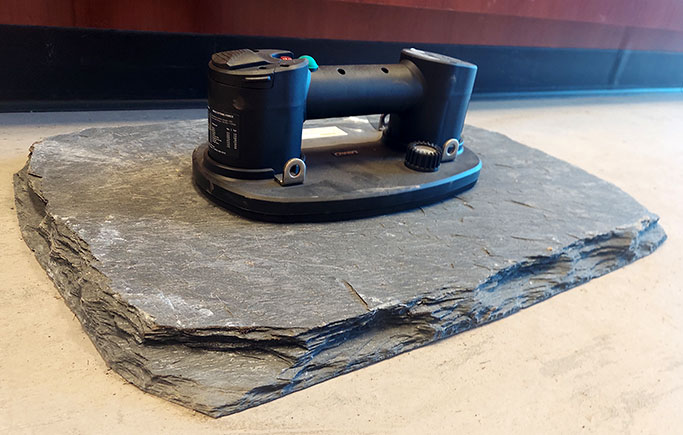
Perhaps the most striking makeover is to our counter. It has moved to an entirely different area of the store, where our Hardscape staff will be ready to help you with your project. Behind the counter we are displaying our selection of Boar Hog and SRW concrete saw blades, as well as the wildly popular Grabo hand-held vacuum lifter.
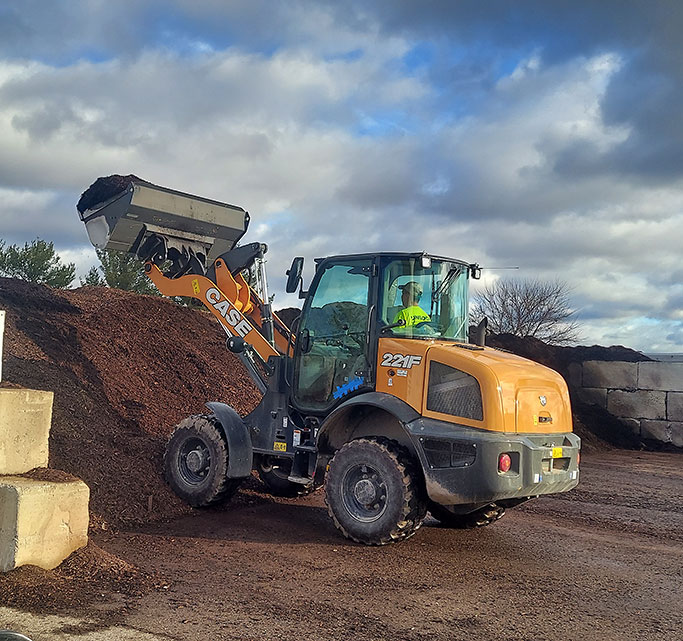
Inside isn’t the only place we’ve updated. Outside you will find the fabrics and grids have moved from behind the bulk bins to in front of the Hardscape Center. Speaking of bulk bins… we are thrilled to announce the return of brown hardwood fines!
All the things that you’ve come to expect from the Hardscape Center are still here. And there are even more supplies to make your stop quick and easy. We love the changes… stop by and tell us what you think!


